Podcast: Play in new window | Download
Subscribe: RSS
Stacey Brown Randall is the multiple award-winning author of Generating Business Referrals Without Asking, host of the Roadmap to Grow Your Business podcast and a speaker. She advises her clients on how to achieve a referral explosion by teaching them how to receive referrals without asking, without paying, and without manipulation.
Take away quote: “When you understand the human dynamic and psychology behind why referrals happen, you unlock the ability to generate referrals without asking for them.”
Show Timeline:
02:33 Taking a “layered” approach to getting referrals
06:50 Truly understanding the principles that generate referrals
15:58 The concept of “referral seeds” and how can we plant them
21:41 Bridging the referral gap – turning referrals into introductions
27:26 Understanding what is the same and different between referrals from clients and centers of influence
29:17 Using strategic language to discuss referrals with clients, prospects and COI’s
33:14 Tips on where to start
Links:
CLICK HERE for the visual ‘Layered Approach’ PDF
Website: https://www.staceybrownrandall.com/
Twitter: https://twitter.com/staceybrandall
LinkedIn: https://www.linkedin.com/in/staceybrandall/
Facebook: https://www.facebook.com/StaceyBrownRandall/
Want more?
Stephen Wershing: http://advisorchecklist.com/blog/
Julie Littlechild: http://www.absoluteengagement.com/blog
Episode Transcript:
Read More
Steve Wershing:
Welcome to Becoming Referable, the podcast that shows you how to become the kind of advisor people can’t stop talking about. I’m Steve Wershing. On this episode, we welcome back Stacey Brown Randall, author of Generating Business Referrals Without Asking, host of the Roadmap To Grow Your Business podcast and someone who coaches business owners and sales professionals on how to be referral ninjas. We invited her back for a second visit on the podcast because we wanted to have her discuss some of the current thinking about layering of referral conversations.
First, we go back to the basic principles and talk about how to incorporate referrals into your routine interactions. And we clarify what a referral really is, which is fundamental to a personality that attracts referrals. She digs into how to respond to that common client comment that, someone mentioned us, but that too often does not result in an introduction or a new client.
We discuss how to address referrals with centers of influence and we talk about how to incorporate referrals into new client interactions, to lay the groundwork for future referrals. There’s a lot in this episode. So, let’s get right to it. Here then is our conversation with Stacey Brown Randall. So, welcome for a second time to our charmingly sarcastic guest, Stacey Brown Randall. Welcome back Stacey.
Julie Littlechild:
There’s a title.
Steve Wershing:
Well, for all of you listening, who don’t listen to Stacy’s podcast, which is the Roadmap To Grow Your Business podcast, which is wonderful, that’s in the introduction, so I figured I’d just, I had to leverage that and-
Julie Littlechild:
That’s funny.
Steve Wershing:
share the joke.
Stacey Brown Randall:
Oh my gosh. I love it. I mean, you only remember that and Stacey with an E, I think if you’ve listened to the podcast many, many times.
Steve Wershing:
Exactly.
Stacey Brown Randall:
So, thank you Steven for being a listener of my podcast as well.
Steve Wershing:
That’s right. Well, I’m a devoted fan. So, we’re very excited to have you back on the program. We love your philosophy and we love how you go about doing this and so, I know that you’ve got a couple of new things to talk about, so we’re thrilled to have you back and talk all about how to get more referrals. So, thank you for joining us back.
Stacey Brown Randall:
Yes, thank you guys for having me.
Steve Wershing:
You and I had corresponded and what you had brought up in that conversation was talking about a layered approach to getting referrals. So, let’s just jump right in on that. So, what is a layered approach to referrals?
Stacey Brown Randall:
Perfect. Okay. So, if any of the listeners remember back to the episode that I was on first with you guys, which I believe is back in October of 2018, so, you’d have to go back a little bit to actually listen to that episode, but we really kind of dove into how I came up with my strategy to generate referrals without asking. And specifically these five steps that I teach to people about being able to generate referrals without asking for them.
But, I’ve been teaching this now for eight years and… Or a little bit longer, and so as I find myself teaching, even sometimes when it’s someone just stops me, like I happen to be at an event and someone stops me or we happen to have a conversation and they’ll ask questions about, “Okay, how do I do this referrals thing without asking?” What I realized is that sometimes I find myself finding different ways to explain the same topic in a way that allows the more light bulbs to go off.
And so typically what people ask me about is how do I get more referrals? And I focus in on what I would call the center layer of a referral strategy, which is how do you get more referrals from your existing referral sources. From those folks who have referred you in the past, what’s the process, what are the steps, to be able to generate referrals from them. And that is usually the heart and soul of where I tell folks to consider starting if they’ve received referrals in the past, because to be honest, it’s the easiest. If someone has referred you in the-
Steve Wershing:
Sure.
Stacey Brown Randall:
past, and now you can have a strategy in place to take care of them, then ultimately you’re going to be able to generate more referrals from them and build on that. But the truth is there are a few more layers that people need to keep in mind if they want what I call that holistic referral strategy and so, if you think about the core being, “Hey, you’ve got referral sources.” We call them existing referral sources. “Let’s get more referrals from them.” That’s your core center.
And then if we’re looking at one layer outside of that, those are the people that, you know have the potential to refer you; they just never have and so, whereas the strategies are somewhat similar to the existing referral sources, these people have never referred you. So, you have to cultivate them differently to get them to refer you the first time. And then there’s what I call these ancillary layers that shoot off from there, that are about, well, how do you turn a prospect into a potential referral source? If they’re talking to you about hiring you, what can you do to also turn those folks into referral sources?
What do you do to also make sure your client experience is turning people into referral sources? And then what do you do in networking situations where you’re talking to maybe a stranger or maybe somebody you’ve known for a year and you’re trying to generate referrals there too. So, what I tell folks is, is where it can sound overwhelming to have a holistic kind of approach to your referrals, these are pieces and parts that we kind of start in one place and then when we’re good there, we layer on the next layer until we have this overall holistic strategy.
Steve Wershing:
Yeah, and I really love that whole perspective of it being a holistic thing, about it being, who you are and how you relate to people as opposed to attack the guy. I had to laugh when you said before, people approach you at conferences and say, “How do I do this referrals thing?” It’s a little bit like talking to your doctor and saying, “How do I do this health thing?” It’s a way of living. It’s a way of having the relationships and so, I like the idea about we spend so much time talking about one of these layers or one of these situations, but that it’s actually sort of a continuum of different things that get layered on top of each other, as you gradually usher people through the process of getting to know you, liking you, trusting you, doing business with you, and then telling all their friends about you and generating referrals for you.
But let’s back off of that for just a second, before we start talking more about how that layering works and, and those different things and let’s talk about basic principles first. So, just to sort of clarify where you come from Stacey about, about referrals, can you tell us a little bit about what in your view are some of the principles that generate referrals?
Stacey Brown Randall:
Yeah, I think that’s a great place to pause and make sure we’re all on the same page and because we have overused and diluted, I believe, the power of what a referral is when we use it interchangeably with other types of sales terms and when we don’t truly understand its definition and we don’t ultimately understand where referrals come from. So, I think it’s great to just revisit that quickly.
And so what I always tell folks is, the ability to generate referrals starts with one founding principle, and that is, you got to do great work. What you do has to be great. You have to be referable. You have to be worthy of people wanting to talk about you and so that is this underlying foundational principle.
And then from there, what I like to teach people is, okay, let’s also make sure we know what a referral is. So we want to be referable, great, but what are you actually receiving if you do great work and you are referable and that is, is that you understand what a referral is, which means a referral is always a prospect that has been connected to you by a referral source, because that’s where the trust transfer happens.
The referral source knows that you can solve this prospect’s problem and they trust you, so they transfer their trust to the prospect and they connect you to them, and the prospect has a need identified. So the best referrals that a financial advisor is going to receive is somebody who is looking for a new financial advisor. For whatever reason, they’ve made that decision and they are reaching out to someone they trust to connect them with the best possible person. So, it’s got to always have personal connection and need identified and that-

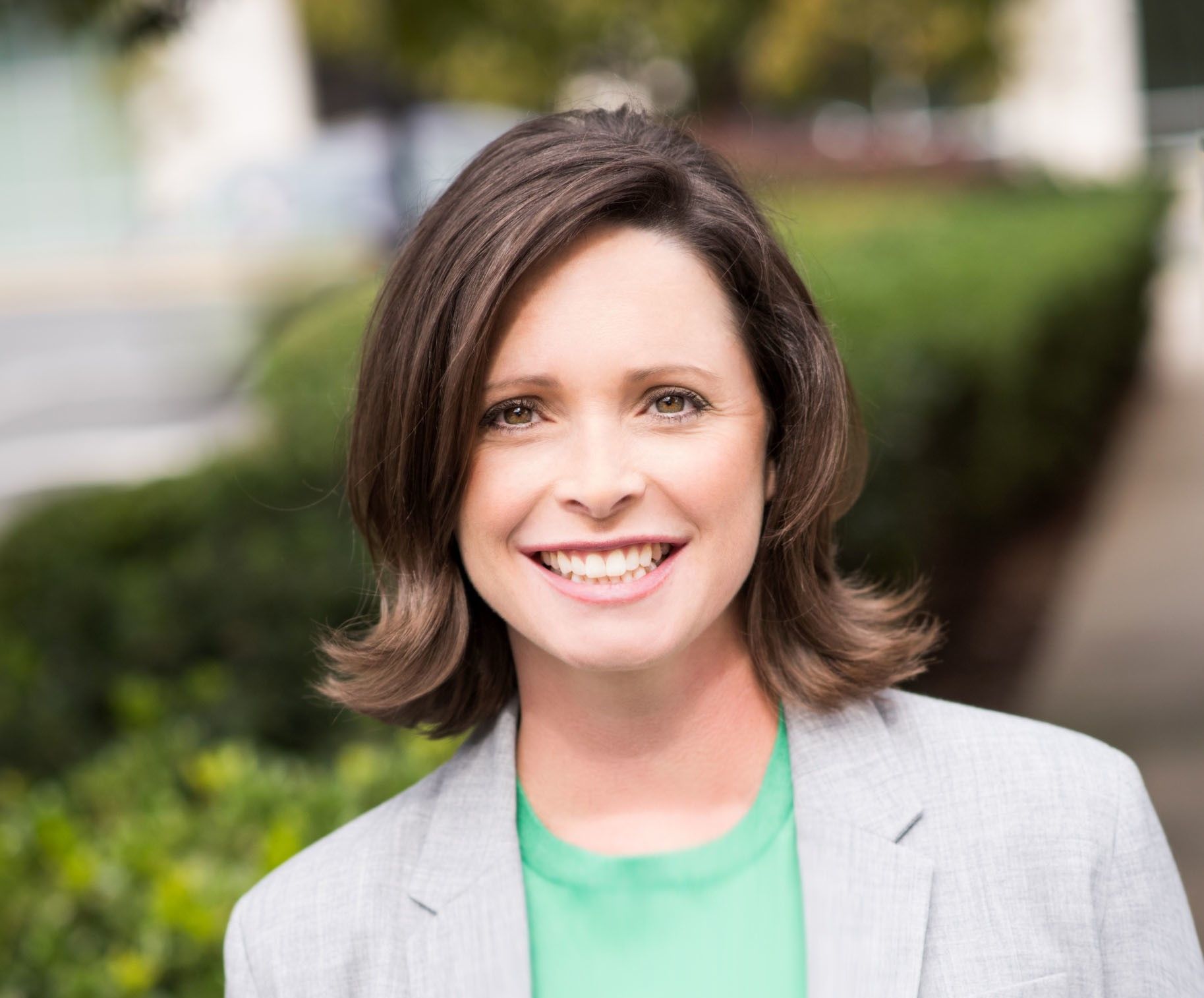
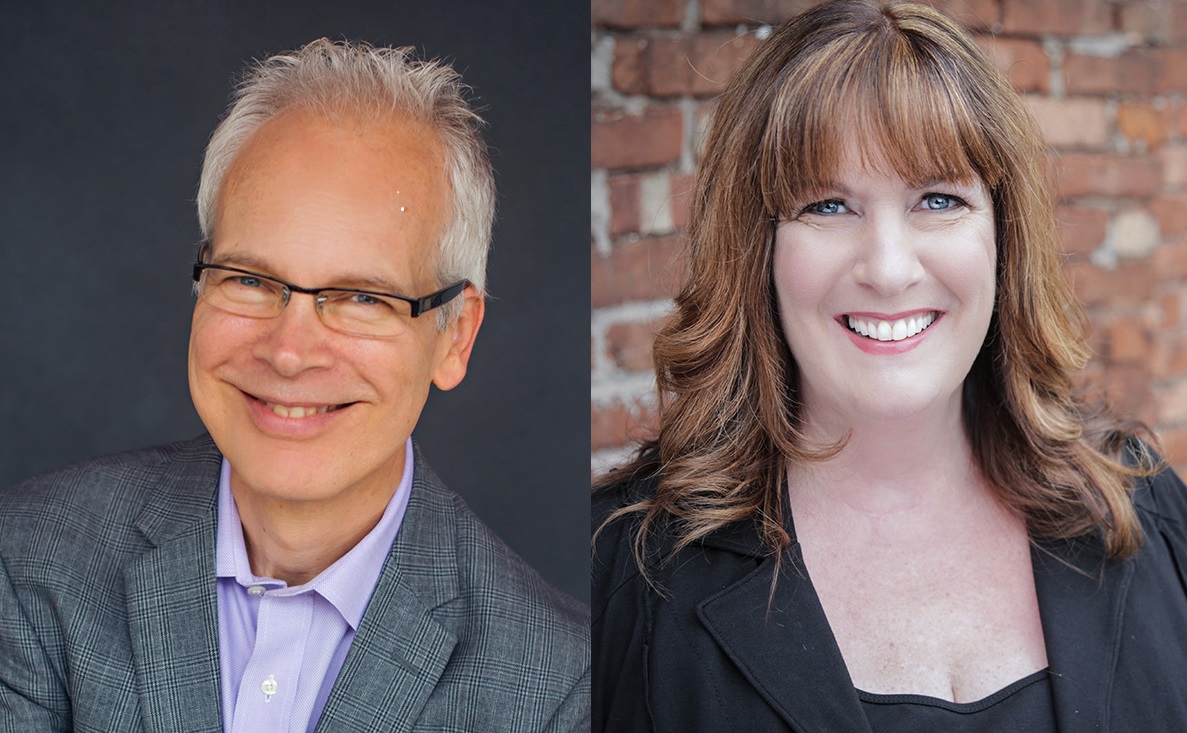
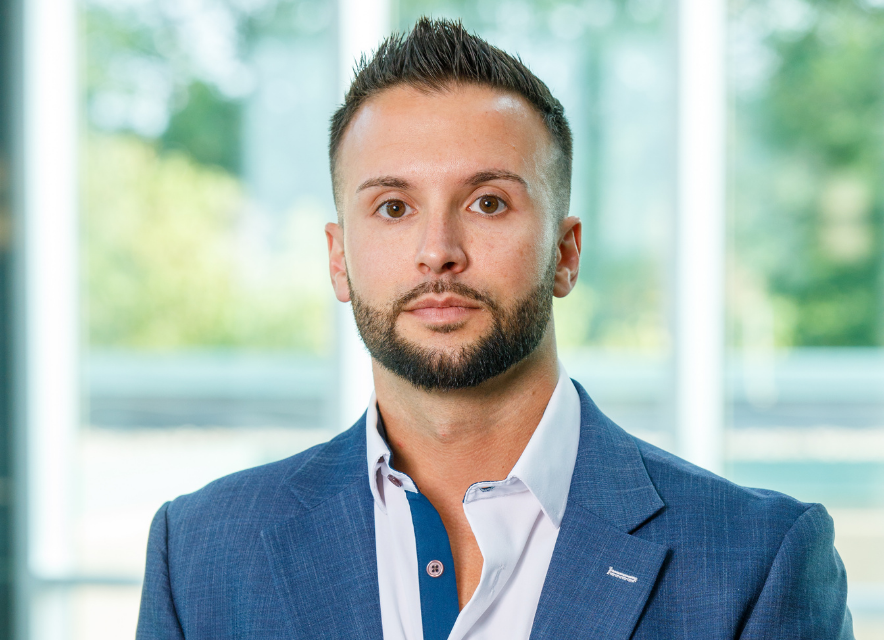
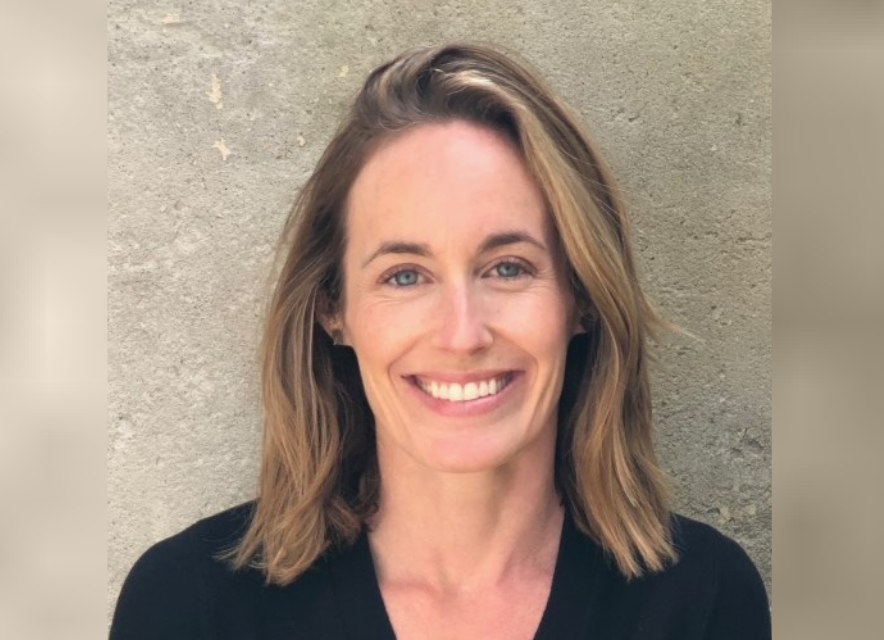
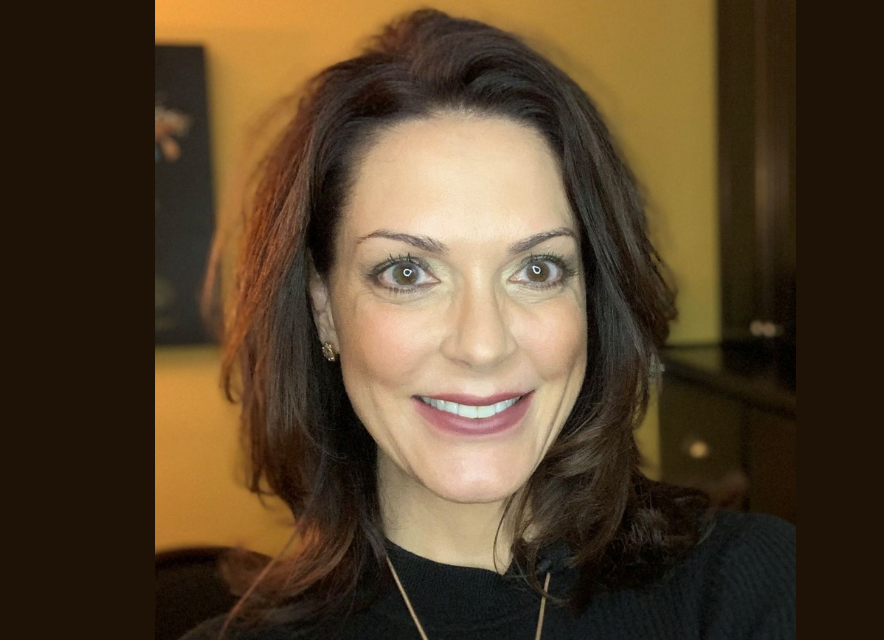
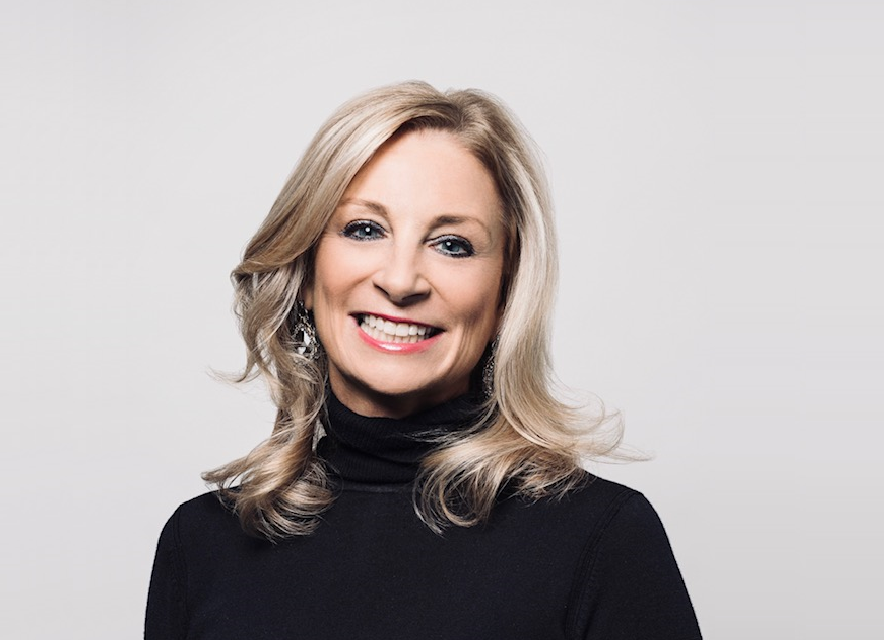
Leave A Comment